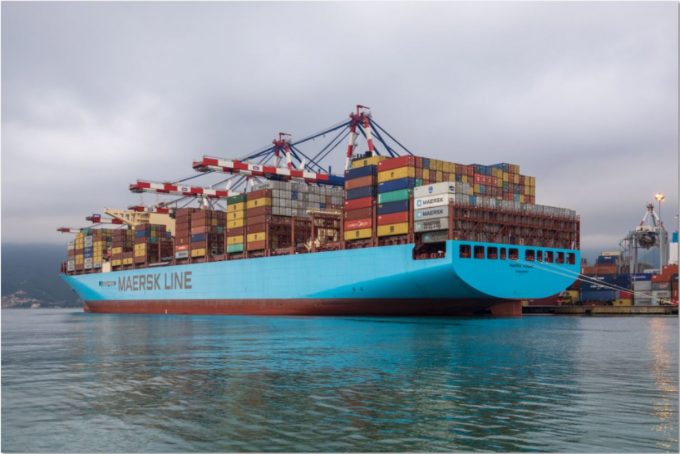Cambodia-Thailand spat sees land border closed, but ports remain open
Cambodia and Thailand’s ocean-based trading links appear to have remained open, despite a deteriorating political ...

UPDATE March 8:
Maersk has reported that one of the evacuated colleagues, a Thai national male, has tragically passed away. His health condition drastically deteriorated Wednesday afternoon (CET) due to the injuries sustained in connection to the fire.
“We are deeply saddened with the passing of one of our ...

Comment on this article